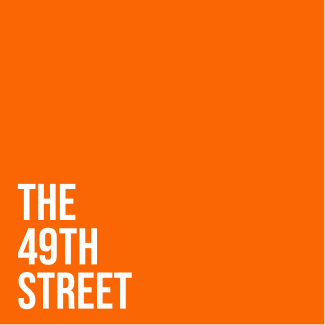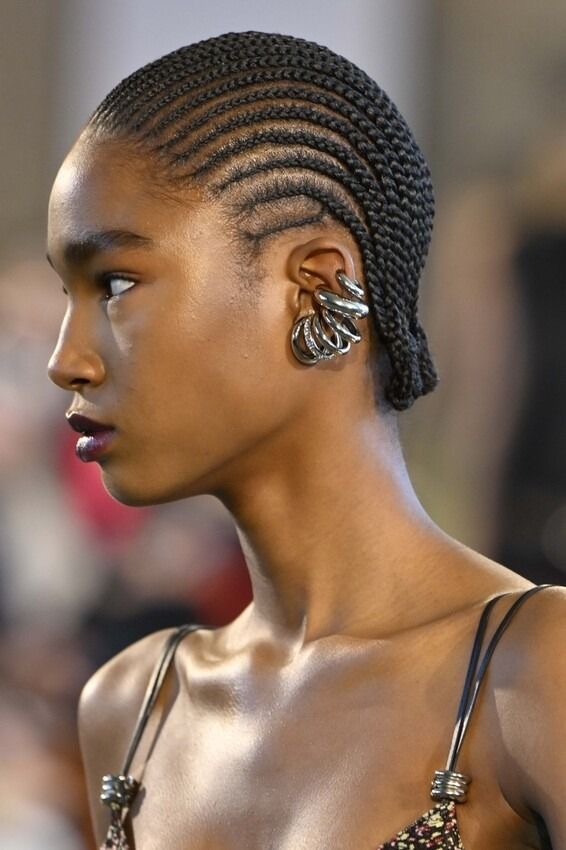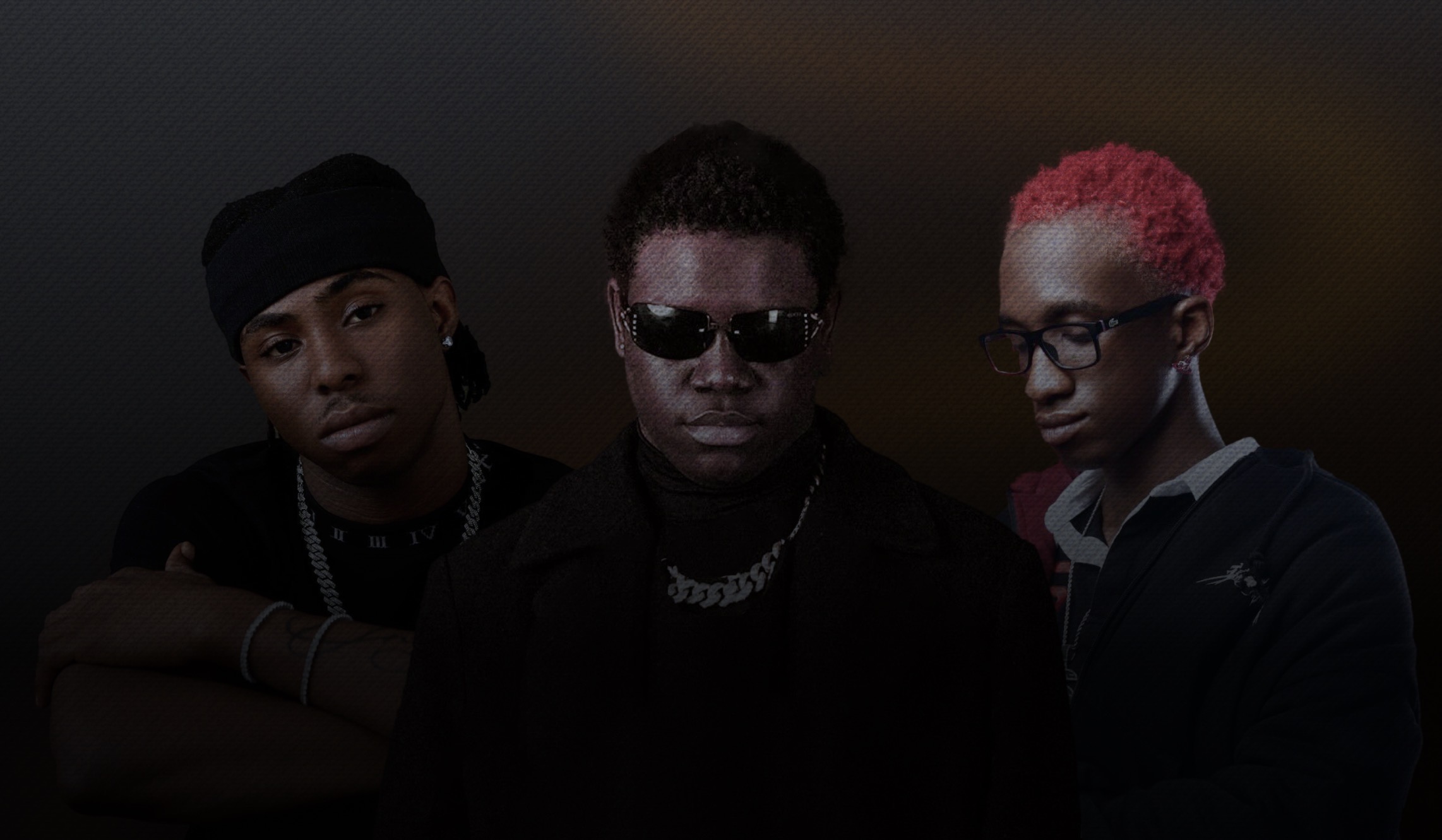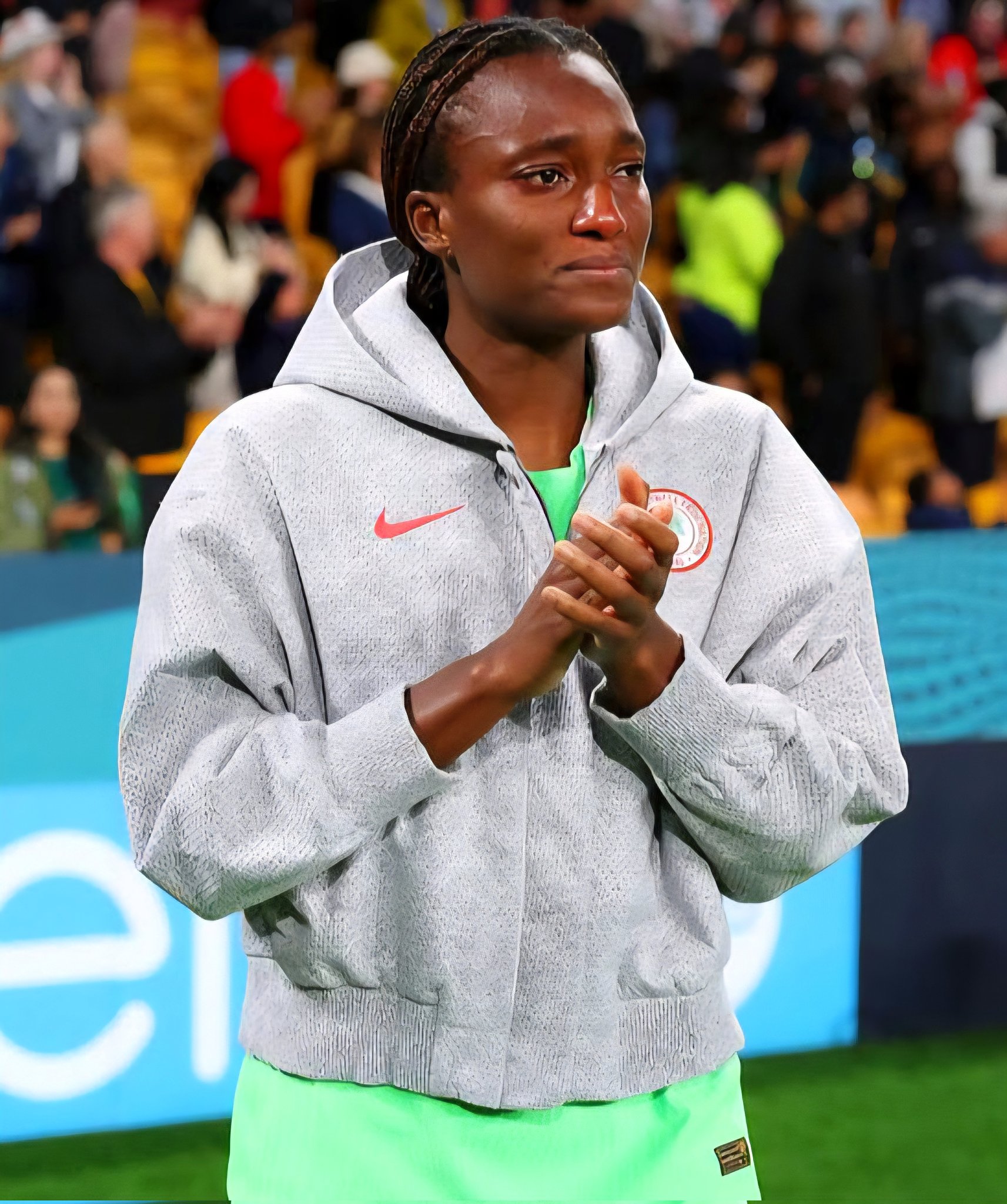By Chinazam Ikechi-Uko.
On November 12, 1825, the German Paper, The Corrector, writes, “In an imperial city, lately, a criminal was condemned to be beheaded, who had a singular itching to play at nine pins.” The story goes on as the criminal convinces the executioner to prepare the set so his severed head could roll, and take delight in achieving a strike. This was an early depiction of gallows’ humour.
A grim humour that treats serious or hopeless situations with lightheartedness. Over the years, people have mixed up gallows humour. With many assuming, it is simply making light of a miserable situation. But as TikTok user Chrysanthemum put it, “If you are about to be hanged and you start cracking jokes, that’s gallows humour; but if you are in the audience and you start cracking jokes, you’re just part of the execution.”
Today, the air at Lakowe Lakes Golf Estate has a freshness that is missing from the rest of Lagos. The cottage door reads 20, and a group of girls is standing. They are beauty influencers, and while that is a lucrative endeavour, they utter scoffs of complaints. The topic is the unexplained rise in the cost of hair services.
They have an array of complaints, and excluding the obvious cost problem, they highlight the solidarity problem. They know that if they were to go public with these complaints, a handful of “richer” influencers would subtly highlight that these “expensive costs” are even cheaper compared to theirs, as if it benefits the conversation. As though they were modern Cassandra, they predicted that eventually the internet would riot, and so it did.
THE GENESIS OF THE COST OF HAIR CONVERSATION:
Occasionally, on the internet, there is a little miming, some maiming, but no one gets hurt. However, on the 4th of June, Obi Chimdinma, founder of Hairs by Dinma, made a tweet about happily paying 40,000 naira for a set of cornrows, and she opened a floodgate of discussions. The tweet reads, “I paid 40k each on both occasions to make All back. But I love it soo much.”
Obi was not the initial catalyst for the outrage; there was already a discourse challenging salons charging above 5,000 naira for cornrows. Obi did introduce something new, a nuance that most had ignored— The cost of hair was a status symbol. This knowledge broadens the discussion, making people see that while this crisis grew, some people justified it. There was devastation in the realisation that in a country with such high levels of poverty, this felt like class betrayal.
However, for Obi, it was less complicated than that. She acknowledges the backlash. She did not anticipate the drawn out discussions but she is used to being dragged on Twitter, as her recent car purchase was a previous hot topic.
On the allegations of classism and superiority complex, she retracted her statements as she explains, “I’ll be blown out of proportion again.”
But while Obi was the topic, she wasn’t the issue…
Source: African Lions: Who are Africa’s rising middle class? Hendrik van Klerk, 2018.
THE MIDDLE CLASS PROBLEM:
An Orson Welles quote states, “The enemy of society is middle class, and the enemy of life is middle age.” For a nation with 63% of its residing citizens (133 million people) classifying as multidimensionally poor, Nigeria has a lot of middle class, and due to the economic crisis, many are unaware that they are the middle class.
Historians, sociologists, and economists define the middle ground between wealth and poverty differently. The African Development Bank (AfDB) defines the African middle class as individuals spending between $2 and $20 a day. This definition encompasses three categories: the floating class (spending $2-$4), the lower-middle class (spending $4-$10), and the upper-middle class (spending $10-$20). The AfDB also evaluates other factors like education, profession, lifestyle, and stable employment when defining the middle class.
These factors create a clear divide between the middle class and the poor. As much as these factors are often the middle class’s fair attempt at mirroring the upper echelon of society, they are also clear divides between them and the rich.
In 2020, Simon Kuper published an op-ed in the Financial Times magazine titled The Revenge of the Middle Class Anti-Elitist. Kuper attempts to uncover why the comfortable citizens were at the forefront of voting for Trump, Brexit, and Italy’s Lega. He characterises this figure with a self-made success, resentment of elites, and interestingly enough, a questionable welfare stance.
For a country with little racial disparities, extreme tensions rooted in traits of superiority complexes manifest in other -isms, like classism and tribalism.
A 2023 article by marketing specialist, Razak Abilagbo, reads, “Prolonged economic disparity between class structures may lead to income polarisation and consequently social tensions which may give rise to ethnic conflicts.”
So when the discourse surrounding the increase in cost of basic hairstyles revealed itself, with the yardstick being 8,000 naira, introducing a post about 40,000 naira hair wasn’t gallows humour, it was part of the execution. Especially when it came from a class whose solidarity they distrust.
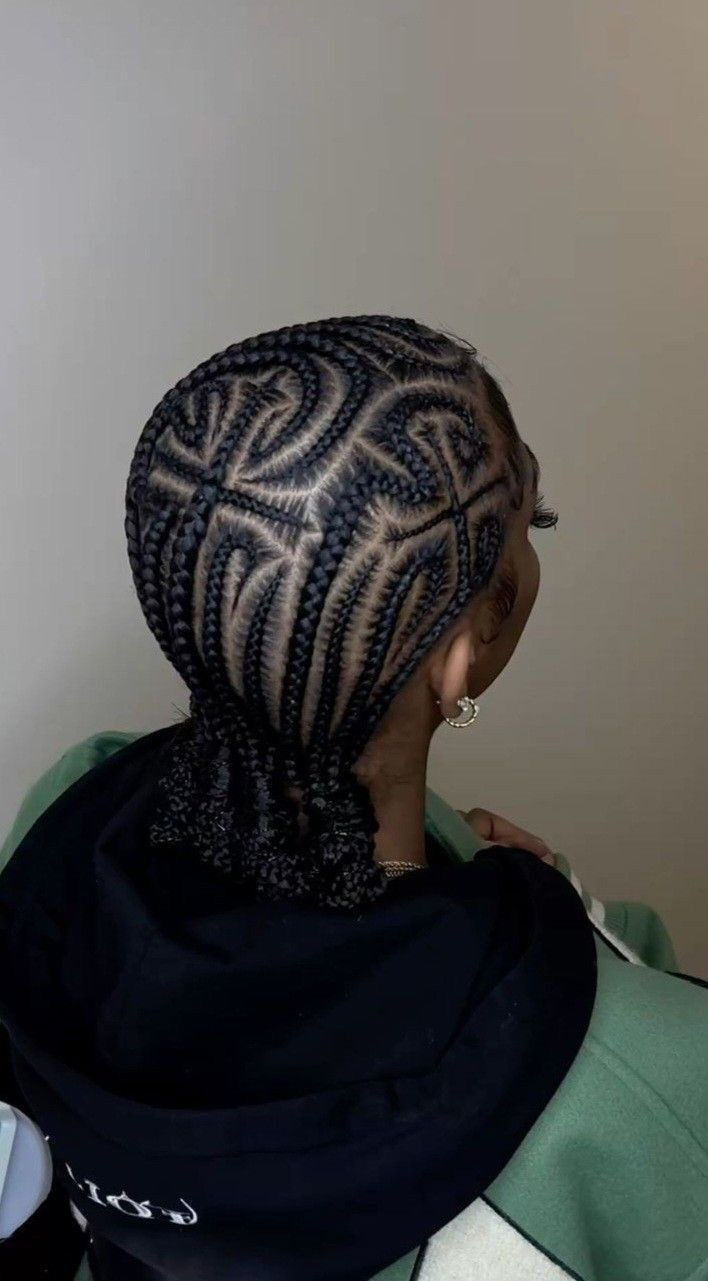
Fair attempts to introduce discussions of topics like Market Segmentation, the process of dividing a large market into smaller groups of customers, were made but dismissed. Other attempts tried to explain why there is a luxurious hair market, citing rent and higher bills to pay. This in itself disqualifies that argument because a primary rule in luxury marketing is that the product must speak for itself. It is not comparative.
Which was the very point the internet was making about 8,000 naira cornrows. Why is a non-premium service attempting to incorporate luxury strategies? Especially to a non-existent audience. This very answer was unfortunately never responded to, as the discourse was hijacked.
There is no “expensive poor” or “affordable rich” on the socio-economic pyramid in Africa. There’s the floating class and the poor at the bottom, and both are voicing that their expenses are rising as a result of aspirational desires. The second estate does not price shop, they identity shop, so unlike the masses, the look of the hair is their sole concern. So why are the middle class who have escaped the third estate’s problems invading their discussion? It is a reminder that the masses do not have the privilege to identity shop, a fact that they established the moment they complained about price shops.
WHAT THE WOMEN THINK HAIR SHOULD COST:
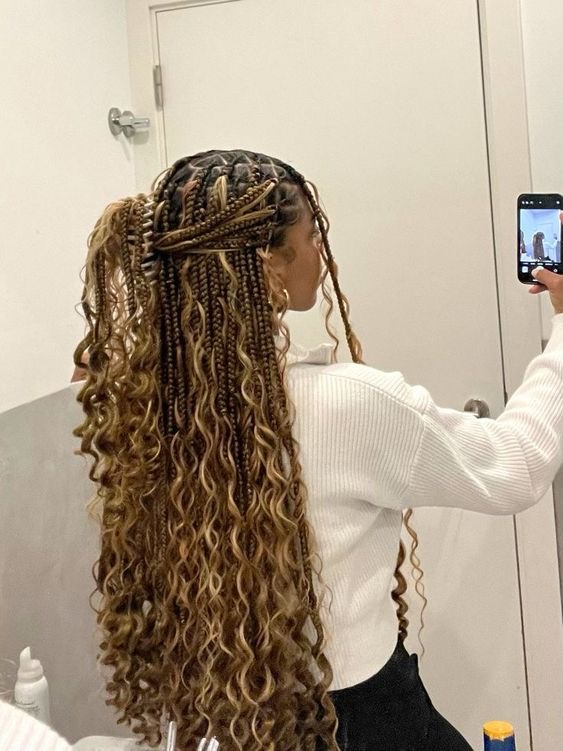
An affirmed belief is that time spent should be factored into the costing of hair services. Hence why the complaint was about the basic cornrows.
Norms, 29, a self-proclaimed wig girl, gauges the price based on the city she is in. Like the average Nigerian, she is aware that Lagos’ price is not Abuja’s. But she knows what her limit in both cities is. “I am on a mission to dabble in only braids for this year.” So far, she has done waist-length boho braids (20,000), waist-length twists (15,000), Cornrow stitched braids with curls attached to the back (13,000), Zigzag cornrows sans extensions (2,000, Abuja), and short boho braids with French curls (12,000, Abuja).
“So far, in the salons I frequent, when I make enquiries, their prices seem reasonable.” Norms admits she has never really thought about the highest she is willing to pay for a hairstyle. I carefully choose them after much research because I’m tender-headed with a full head of 4c coils, and they seem to know how to cater to natural hair.
Alexis, 23, does her hair 2-3 times a quarter due to terrible migraines. She loves a good twist, “Passion tweets are my favourite. So far, the highest I’ve paid is 12,000 naira for workmanship (sans attachment cost).” She is open to pay at max 10,000 naira for cornrows and 20,000 naira for knotless.
Rain, 22, whose favourite style is braids, Knotless braids with curly ends, to be precise. She makes her hair roughly 4-8 times a year, and the highest she has paid is 25,000 naira, inclusive of extensions.
The average Nigerian woman is aware that certain salons charge more, but she’s not searching for these salons. The country has taken a lot from everyone, and they want to meet in the middle. But the introduction of identity shops in the dialogue is a chilling echo of Nigeria’s deeper socio-economic fractures.
Survival expands beyond making ends meet, as there’s a system that constantly puts their woes on a chopping block because there’s a class waiting to insert itself and defend their unhappiness.
